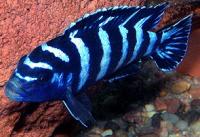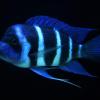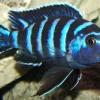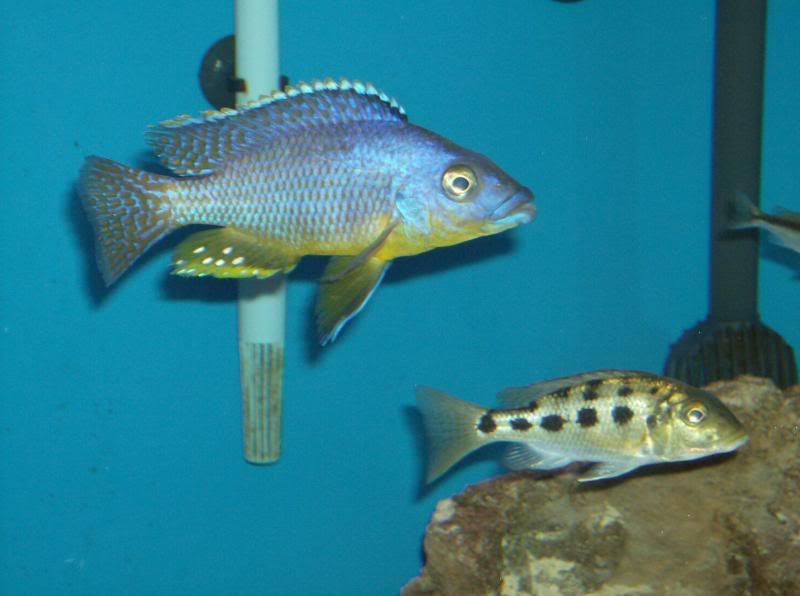Eretmodus cyanostictus
Pictures
Eretmodus Cyanostictus

Eretmodus cyanostictus mbilibili

Bulu Point
Eretmodus sp. cyanostictus Orange Fullbar "Kigoma"

Eretmodus cyanostictus sp. north Burundi
Description
A little history:
Breeding Behaviour:
Number of offspring
10-16
Cichlids, Tanganyika - Algae Eater
Trade Name
Horse Nose Cichlid
Adults are "sand-colored" with nine dark, vertical bars along their sides.
Size Male
9 cm
(North) 8 cm
Size Female
7
(North) 6 cm
Best Conditions
23°C
Max. temp
27°C
Min. pH
7.5
Max. pH
8.5
Min. aquarium
128L
Holding!;
Pair
- Algae
- Artemia
- Flakes
- Cyclops





 Find content
Find content

















